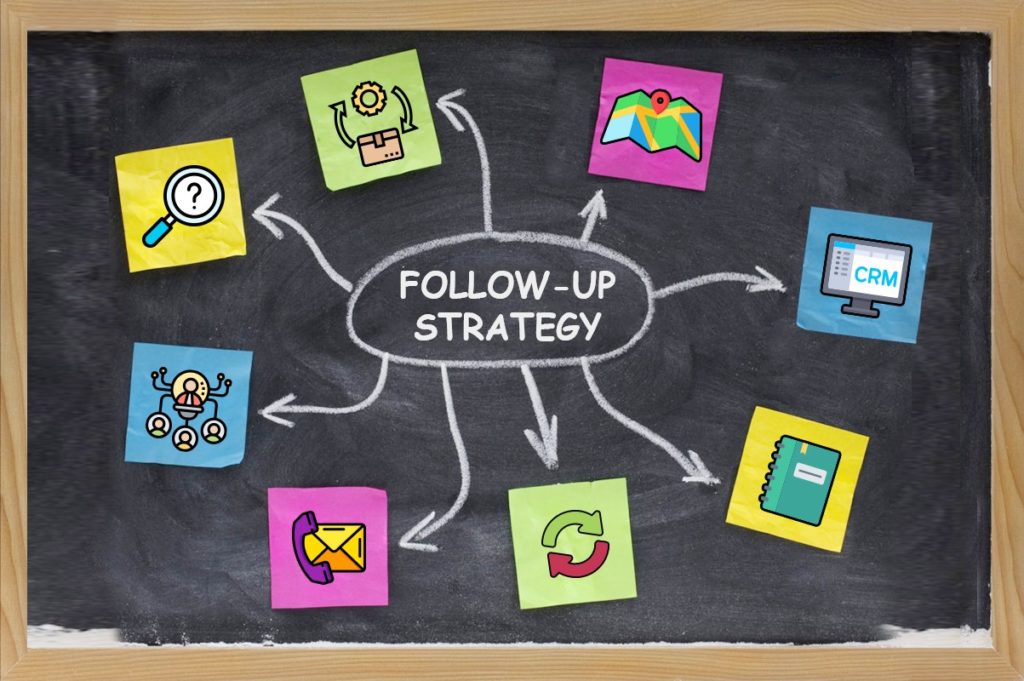
The Art of Following Up
The Art of Following Up https://csuiteold.c-suitenetwork.com/advisors/wp-content/uploads/sites/5/2022/01/follow-up-strategy-1024x681.jpg 1024 681 Kelli Richards https://secure.gravatar.com/avatar/cf01bfb7c69ce6f2bcc81f28d4c9791d?s=96&d=mm&r=gThere’s an adage in business that says, “the fortune is in the follow up.” Whether you’re talking about business or personal and social situations, the dynamic holds true. In both cases, honoring and maintaining relationships are what’s important. A key aspect of that is letting people know you’re thinking of them, wanting to support their success, and expressing that you realize they’re busy by taking the onus of proactively keeping in touch. This builds loyalty and solidifies relationships.
People Are Busy
Life is full of distractions on a daily basis, and we’re all juggling various priorities. The chances of your email getting lost or forgotten under a long trail of other emails is pretty high. It’s not personal, but there may well be times when you’re not top of mind – and your prospective client needs a reminder or nudge to keep you in view. I’ve had situations where I’ve reached out to people I really want to do business with repeatedly over time, and finally they’ve replied apologizing profusely for the delays in responding and expressing their gratitude that I didn’t give up on them.
Don’t Leave Money on the Table
When you give up prematurely and you avoid following up, you all too often lose the business (and possibly a coveted relationship), all because your prospective clients are either too busy or don’t believe you’re sufficiently invested in their success and interested in winning their business. Your competitors who have mastered the art of the follow up are poised and ready to take the business opportunity for themselves. Don’t let this happen to you.
Create a Tracking System
There are all kinds of CRM software tools you can use to manage your contacts, and trigger follow-ups. I’m sure they’re great, but I don’t use any of them. I’m a solo practitioner, so it’s just as easy for me to manage a Google Sheets or Excel spreadsheet that I set up with key parameters, and review on a regular basis to track the prospective clients who I’m most interested in engaging with.
Whatever system you choose to use, select an option that makes life easy for you and that you’ll actually tap into on a regular basis to systematize your follow-ups.
Be Pleasantly Persistent
It’s common knowledge in business that people will often need to hear from you an average of seven times before they finally decide to purchase something. So sending one e-mail and expecting them to reply back isn’t something that happens often. You need to be willing to play the long game. There’s an art to your follow-ups here.
The recipient needs to know that you genuinely care and that you’re seeking to add value for them and to the success of their business. In that context, the content should be varied a little each time, ideally with something timely and relevant, but also that customized and personalized to something you know about the individual or think they might find of interest.
In other words you’ve done your homework on them and their company. And each successive e-mail helps you stand out from the crowd, demonstrates that you’re sincerely interested in doing business with them, and that you genuinely care about their needs. Each one represents you laying a brick in the foundation of a long-term trusted relationship with that person.
Play the Long Game
Don’t be afraid of appearing pushy or annoying your prospects. Most will appreciate your persistence given how busy and distracted they are. If you spread out and pace your follow-ups, with a genuine desire to add value to the people you seek to engage with, you’ve done your homework and are customizing your notes, and are willing to play the long game, you will stand out from the pack and you will have increased the odds not only of doing business with those you seek to work with – but also in terms of forging long-term trusted relationships.


